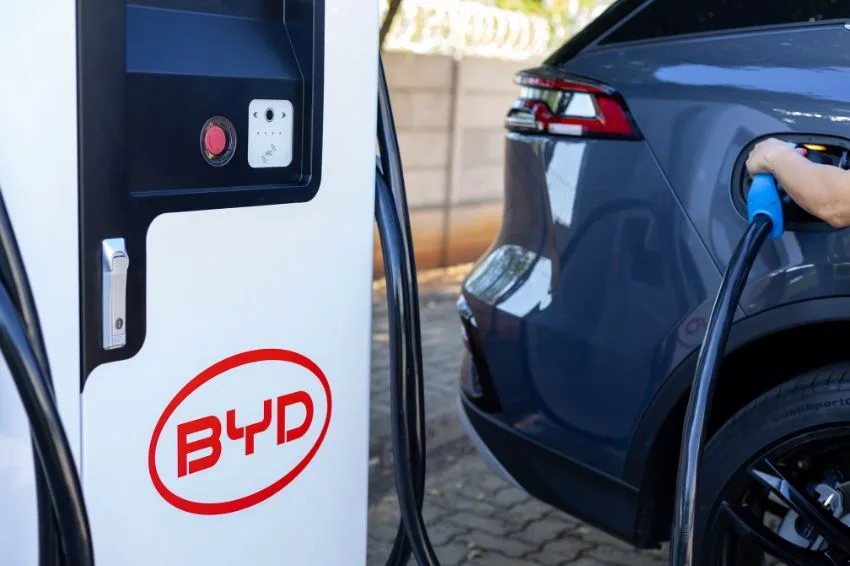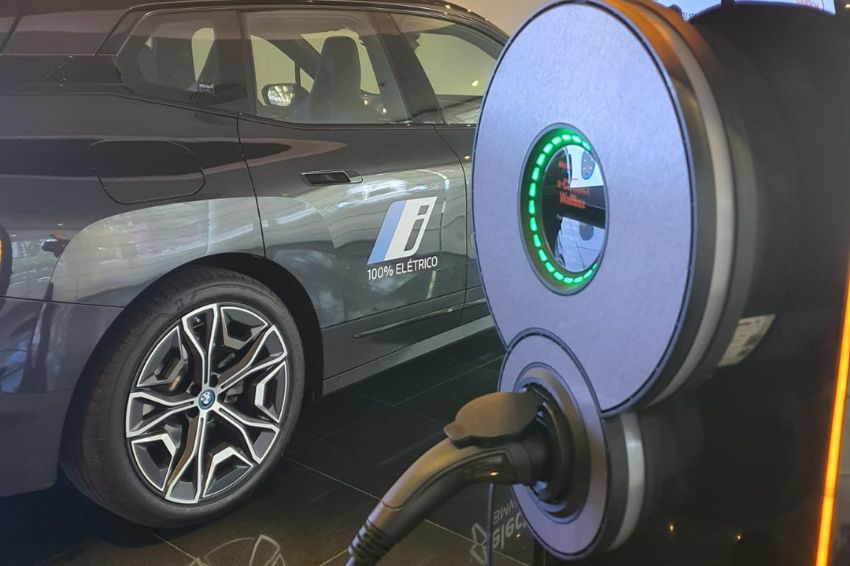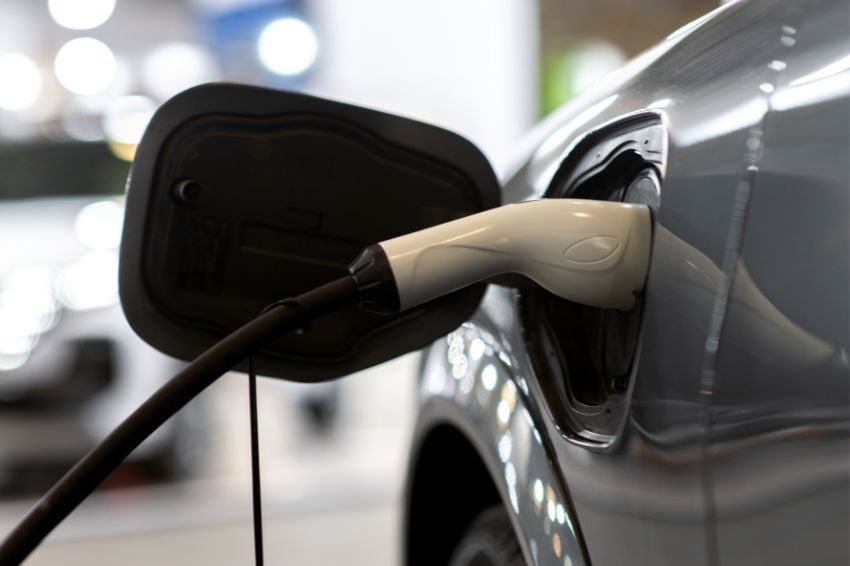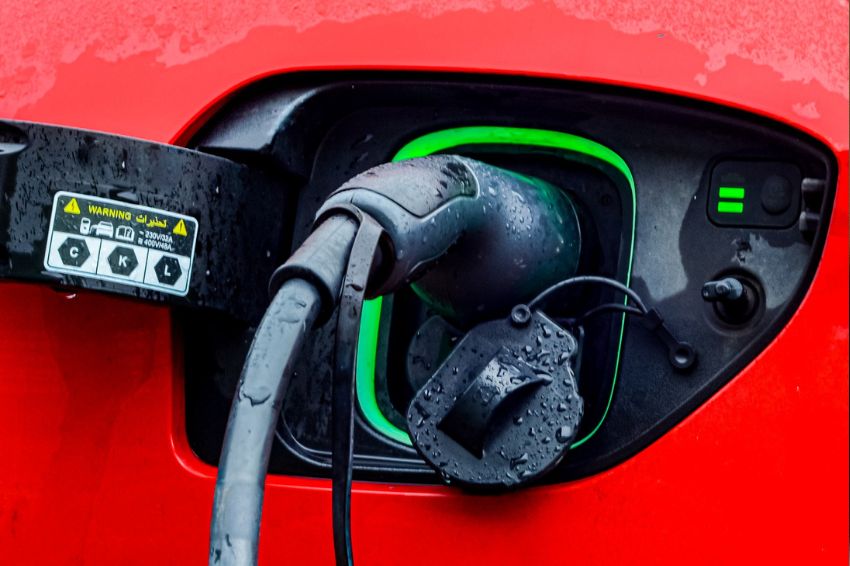Scheduled for the second half of the year, the city of Niterói (RJ) will hold a tender to contract charging infrastructure for electric vehicles. According to the Secretary of Conservation and Public Services, Dayse Monassa, the tender will include the construction of two photovoltaic roofs measuring 6 thousand square meters each.
Last week, the city of Niterói's first electric car began rolling, an iCar, from CAOA Chery, with a range of 300 kilometers. The experiment was carried out on the same day (21) that the municipality published, in the Official Gazette, the decree that creates the municipal policy to encourage the use of electric cars in the public municipal administration.
150 electric vehicles will be rented, which will replace common vehicles by 2024 in different City Hall agencies. The measure is part of the public policy of the Climate and Resilience axis of the Niterói 450 Plan, which aims to implement measures that take the city on an increasingly sustainable path. Also according to the secretary, the rental of electric cars by the city hall should generate savings of around R$ 225 thousand per month, which will no longer be spent on fuel.
For Niterói's Climate Secretary, Luciano Paez, the initiative represents the first step in inducing a policy to significantly reduce greenhouse gas emissions.
“In addition to all the financial savings that the city hall will make in the medium term with the maintenance and consumption of an electric car, we have a giant environmental gain. As a comparison, to offset the carbon emissions of our current fleet, we would have to plant a tree for every 73 kilometers driven. In the case of electric cars, this distance increases for every 3,600 kilometers driven. Yes, at a local level, we can contribute to solving the problems that impact the planet, and with increasingly recurring impacts on cities”, explains Paez.
















